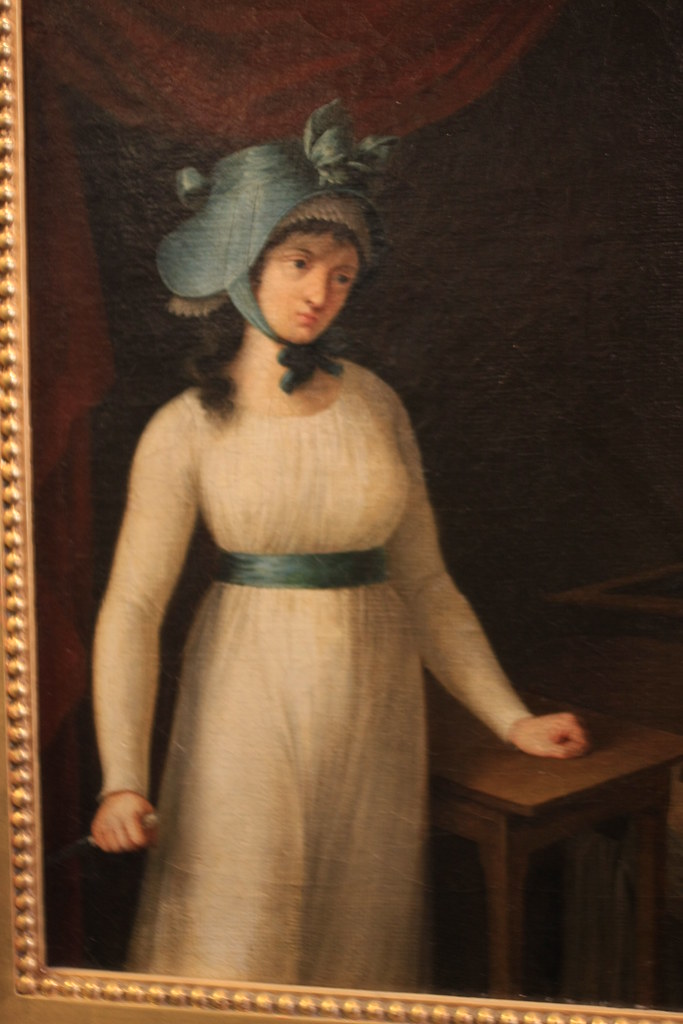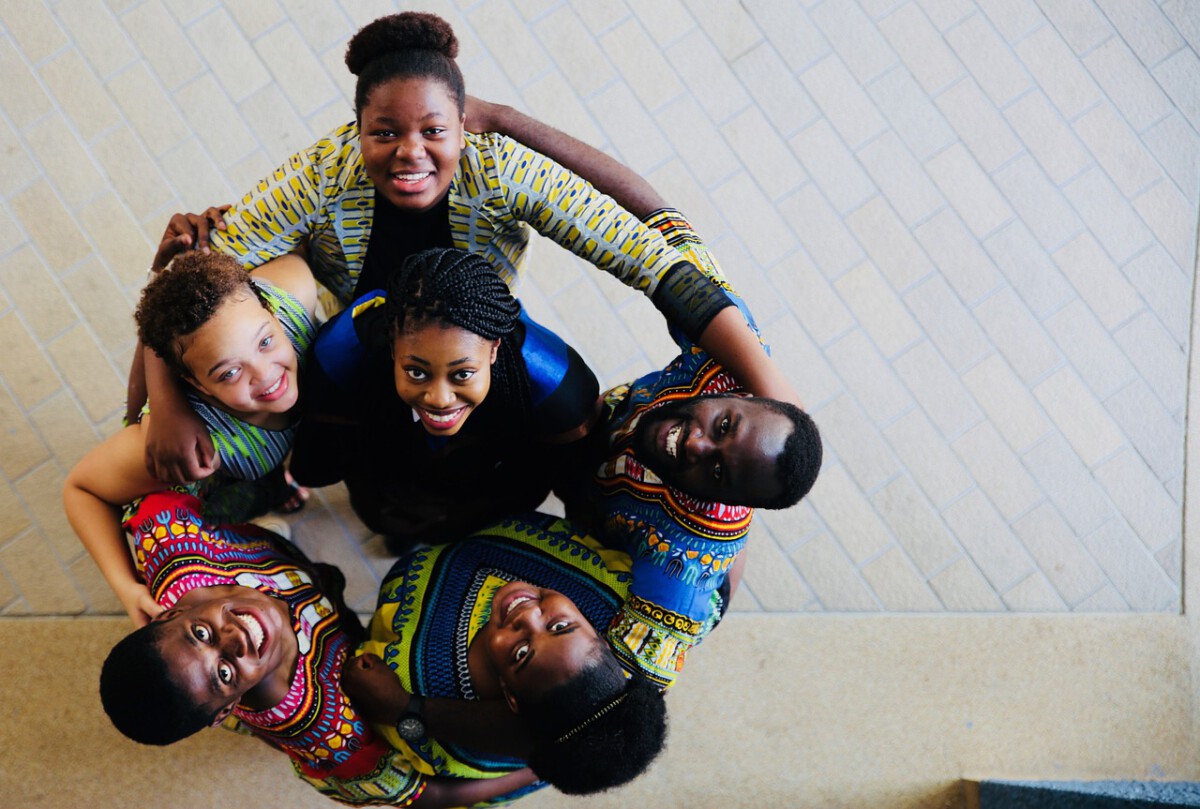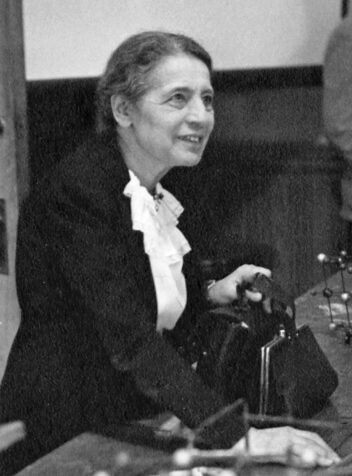Margaret Cochran Corbin: The First Military Pensioner Lost to Time

Margaret Cochran Corbin never expected to become a footnote in American history when she stepped onto the battlefield at Fort Washington in 1776. Born into frontier hardship in Cumberland County, Pennsylvania, she became an orphan at age five when her father was killed and scalped during the Fort Bigham Massacre, while her mother and brother were taken captive and never returned. When her husband John enlisted in Captain Thomas Proctor’s Pennsylvania Continental Line artillery unit, Margaret followed the army, as many wives did during the Revolutionary War. On November 16, 1776, when her husband fell at his cannon during the Battle of Fort Washington, Margaret didn’t flee. Instead, she took his place at the artillery piece, continuing to fire at British forces until grapeshot shattered her arm and chest. Despite becoming the first woman in American history to receive a military pension for her service, Margaret Cochran Corbin remains poorly remembered today, with her story largely absent from college textbooks and public memory.
The Revolutionary Nurses Who Saved an Army

Without the support of American women, victory in the Revolutionary War would not have been possible, as they followed the Continental Army and handled jobs usually performed by men. On General Washington’s orders, some were hired as nurses for two dollars per month and one full ration per day, despite disease being rampant and nurse mortality running high. These women operated in conditions that would horrify modern medical professionals, tending to soldiers suffering from dysentery, typhus, and smallpox with minimal supplies and no formal training. Yet their names rarely appear in Revolutionary War histories. Historians and genealogists have mostly overlooked the role of women in the American Revolution, even though women’s roles in working their farms, raising their children, and generally supporting the morale of the Patriot side were of great importance. The systematic erasure of their contributions reflects a broader pattern of how women’s wartime service has been minimized throughout American history.
Charlotte Corday: The Assassin Who Tried to Save the Revolution

Charlotte Corday acted independently during the French Revolution, personally sympathetic to the moderate Girondin faction, when she felt compelled to assassinate the radical Jacobin leader Marat as he took his daily bath. Ironically, Corday believed she was saving the Revolution from becoming too radicalized, but many women felt her act reflected poorly on other women revolutionaries. Her story reveals the complex political landscape that revolutionary women navigated, where a single act of violence could overshadow the broader feminist movement. The most dramatic individual act of resistance to the Revolution was Charlotte Corday’s assassination of deputy Jean-Paul Marat on July 13, 1793. Despite her conviction that she was preserving democratic ideals, Corday’s legacy became a cautionary tale about women’s political participation, reinforcing stereotypes that would be used to exclude women from political life for generations.
Olympe de Gouges: The Declaration That History Forgot

Olympe de Gouges fought to establish civil rights for women and men alike during the French Revolution and was beheaded by Robespierre, leaving behind the powerful words: “Brother, you needed your sister to break your chains.” Her 1791 “Declaration of the Rights of Woman and the Female Citizen” directly challenged the male-only focus of the Revolution’s famous declaration, demanding equal political rights for women. Women never gained full political rights during the French Revolution, as none of the national assemblies ever considered legislation granting political rights to women, with most deputies thinking the very idea outlandish. De Gouges paid the ultimate price for her feminist advocacy when she was executed in 1793, and her revolutionary text disappeared from mainstream historical narratives for nearly two centuries. Her erasure demonstrates how political revolutions often failed to extend their promises of equality to women, despite women’s crucial contributions to revolutionary success.
The Society of Revolutionary Republican Women: Silenced by Their Own Side

The Society of Revolutionary Republican Women was established in Paris in May 1793, with members hoping to gain political education for themselves and a platform for expressing their views to political authorities. The society did not endorse full political rights for women but devoted its energies to advocating more stringent measures against hoarders and counterrevolutionaries and proposing ways for women to participate in the war effort. However, the Jacobin element in power abolished all women’s clubs in October 1793 and arrested their leaders, crushing the movement entirely. This systematic suppression reveals how even revolutionary governments feared organized women’s political participation. The irony was stark: the same men who championed liberty and equality for themselves saw women’s organized political activity as a threat to the revolutionary order they claimed to represent.
Pauline Léon: The Chocolate Maker Who Demanded Arms

Pauline Léon became one of the most notable militant feminists during the French Revolution, radicalized from an early age when her father died and she was forced to help her mother run the family’s chocolate-making business while raising five younger siblings. The experience taught Léon the value of independence and opened her eyes to the disparities in French society, particularly regarding gender roles. She petitioned the National Assembly for the right of women to bear arms and form their own National Guard units, arguing that women had proven their patriotic dedication through their revolutionary activities. Along with her Society of Revolutionary Republican Women, Léon supported the radical Jacobins, staged demonstrations in the National Assembly, and participated in riots, often using armed force. Her demands for women’s military participation challenged fundamental assumptions about gender roles, but her radical approach also made her a target when the political winds shifted against women’s political involvement.
Sophie de Condorcet: The Philosopher’s Wife Who Wrote His Ideas

Sophie de Condorcet was one of the most influential women of the French Revolution, working with her husband, the Marquis de Condorcet, to argue for full women’s suffrage in a July 1790 document entitled “Sur l’admission des femmes au droit de cité” (On the Admission of Women to Civil Rights). However, historical accounts often credit her husband alone with these groundbreaking feminist arguments, despite evidence suggesting Sophie’s substantial intellectual contributions. The accomplishments of so many women were erased because of discrimination and were credited to men, sometimes because women had to pretend to be men to be taken seriously and published their work under men’s names. Sophie’s story exemplifies how women’s intellectual labor was systematically appropriated by male contemporaries and later historians, rendering invisible the female minds behind revolutionary political theory.
Mercy Otis Warren: The Playwright Who Chronicled Revolution

Mercy Otis Warren was just as politically astute as Abigail Adams and was a prolific writer, not only recording her thoughts about events swirling around Boston but also dabbling in playwriting. She was a fierce devotee to the patriot cause, writing in December 1774, four months before the war broke out at Lexington and Concord, that “America stands armed with resolution and virtue, but she still recoils at the idea of drawing the sword.” Warren wrote satirical plays that mocked British officials and policies, using theater as a weapon of revolutionary propaganda. Her three-volume “History of the Rise, Progress and Termination of the American Revolution” remains one of the most comprehensive contemporary accounts of the Revolutionary period. Despite her significant literary and historical contributions, Warren’s work is rarely taught in American history courses, overshadowed by the writings of her male contemporaries like Thomas Paine and Benjamin Franklin.
The Market Women of Paris: Voices from the Streets

To this day, many radical revolutionary women are known only through the words of others who described them in passing, with little evidence of what they looked like. The market women of Paris, often those selling fish (known commonly as les poissardes) or fruit in local food markets, were highly engaged in politics, though not all were sympathetic to the revolution. Drawings and first-hand accounts of their speeches and political activities help fill the gaps, as few were able to write memoirs or books of their own. In October 1789, rumors circulated that royal guards at Versailles had trampled on revolutionary colors and plotted counterrevolution, prompting a crowd of women in Paris to march to Versailles to demand an accounting from the King. These working-class women initiated one of the most crucial moments of the French Revolution, yet their individual stories remain largely unknown because they lacked the education and resources to document their experiences.
Native American Women: Fighting Multiple Revolutions

Native American women shared their peoples’ struggles for independence and autonomy during the American Revolution, with Molly Brant standing out as one of the few whose name is familiar today. Brant, a Mohawk woman, assisted New York Loyalists and negotiated with the British on behalf of the Iroquois. While the majority of Indian tribes sided with the British, some Native Americans rallied to the American cause and suffered heavy losses. Of 26 Wampanoag enlistees from the small town of Mashpee on Cape Cod, only one came home, and Samuel Ashbow became the first Native American to die in the Revolution when he was killed at Bunker Hill. The double invisibility of being both female and Native American in revolutionary narratives means that countless women’s stories of resistance, survival, and leadership during this tumultuous period have been completely erased from historical memory.
Abigail Adams: More Than Just “Remember the Ladies”

Abigail Adams, wife of Massachusetts Congressional Delegate John Adams, influenced politics through her famous and voluminous correspondence with her husband while he was in Philadelphia, reminding him that in the new form of government being established he should “remember the ladies” or they too would foment a revolution of their own. However, reducing Adams to this single famous quote obscures the breadth of her political insights and influence on early American policy. Her letters reveal sophisticated understanding of economics, foreign policy, and military strategy, offering advice that her husband often incorporated into his political positions. As she wrote on March 31, 1776, “I desire you would remember the ladies,” but this plea represented just one aspect of her extensive political engagement that extended far beyond advocating for women’s rights. The tendency to remember Adams only for her gender-related advocacy diminishes recognition of her role as one of the early republic’s most astute political commentators.
The Systematic Erasure: Why Women Disappear from History

In the 1960s, all women’s history had been forgotten or obliterated and was not taught at much of any colleges, as historian Margaret Rossiter observed about her own educational experience. This erasure wasn’t accidental but reflected systematic bias in how history was recorded and taught. Because salonnières had the opportunity and leisure time to write, historians tended to focus on these “femme célèbres” rather than the less documented radical female “sans-culotterie,” while radical revolutionary women are known only through the narratives of others. Fortunately, this is changing as historians delve deeper into the archives of French history. The Discoverability Lab represents a cooperative effort among historians, technologists, and the public to leverage emerging technologies to bring women’s history from the margins into the mainstream, using data science, crowdsourcing, and museum collections to make women’s history visible and tell a more complete American story. The digital age offers unprecedented opportunities to recover these lost voices, but the damage done by centuries of systematic exclusion cannot be easily repaired.
The Modern Fight Against Historical Amnesia

Since President Donald Trump’s January 20 Executive Order against what he calls “illegal and immoral” DEI programs, the Trump Administration has commanded an Orwellian erasure of women’s achievements from the public record. NASA was ordered to remove mentions of “anything specifically targeting women (women in leadership, etc)” from its website, the Pentagon deleted online mentions of female military members who made history, and even the Arlington Cemetery website erased pages on female veterans. This erasure reveals how patriarchy creates itself by making men the main characters in life and history while reducing women to supporting cast or caste. The deliberate removal of women’s achievements from official records in 2025 demonstrates that the historical erasure of revolutionary women wasn’t just a product of past bias but an ongoing political strategy. Each generation must actively fight to preserve and celebrate women’s contributions to revolutionary movements, or risk losing these stories permanently to the memory hole of political convenience.
Revolutionary women shaped the very foundations of modern democracy, yet their stories remain largely untold. From Margaret Cochran Corbin’s battlefield courage to Olympe de Gouges’ revolutionary writings, these women paid the ultimate price for their convictions, only to be systematically erased from the historical record they helped create. Their erasure wasn’t accidental but deliberate, reflecting centuries of political and cultural bias that continues today. As we uncover their stories, we discover not just forgotten heroes, but a fuller understanding of how revolutions truly succeed. Did you expect that the women who demanded equality would be the first to have their own equality erased from history?





